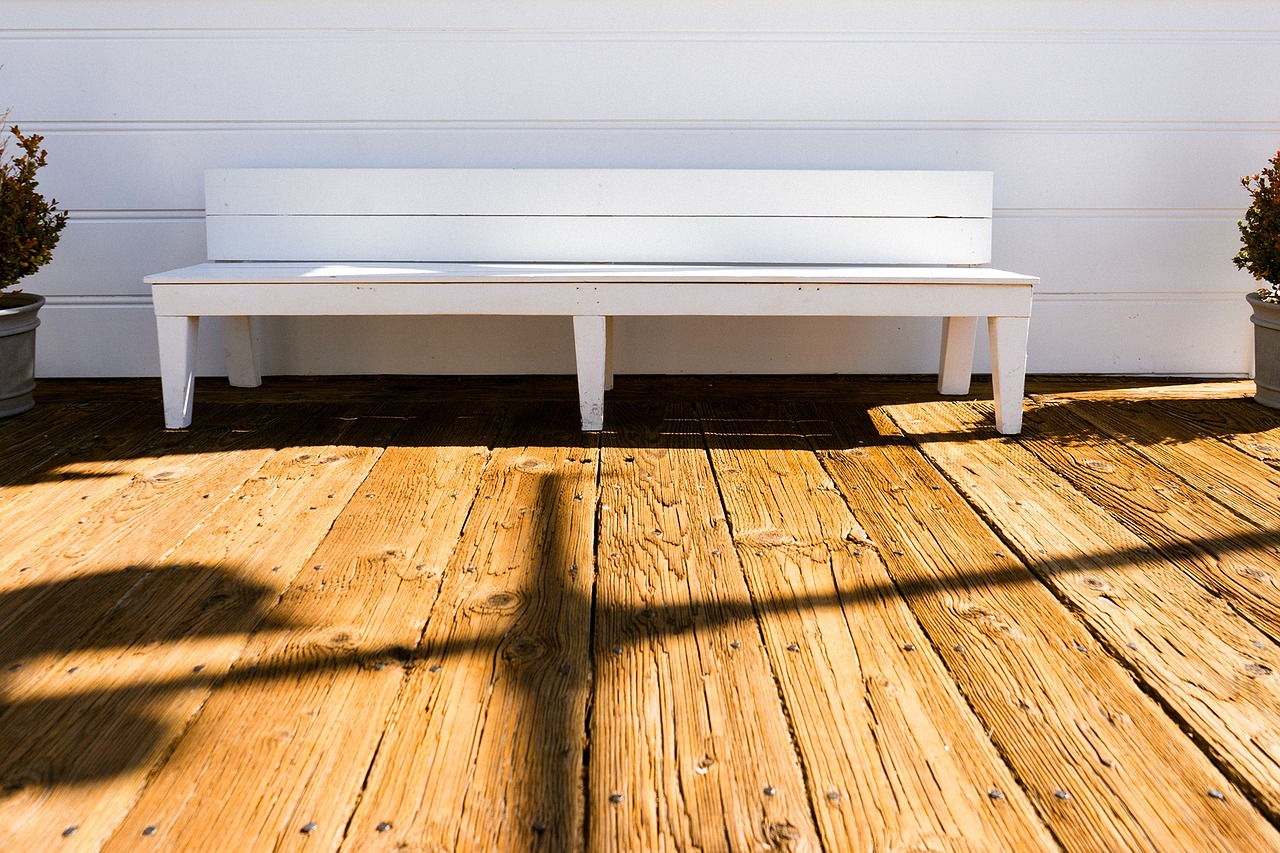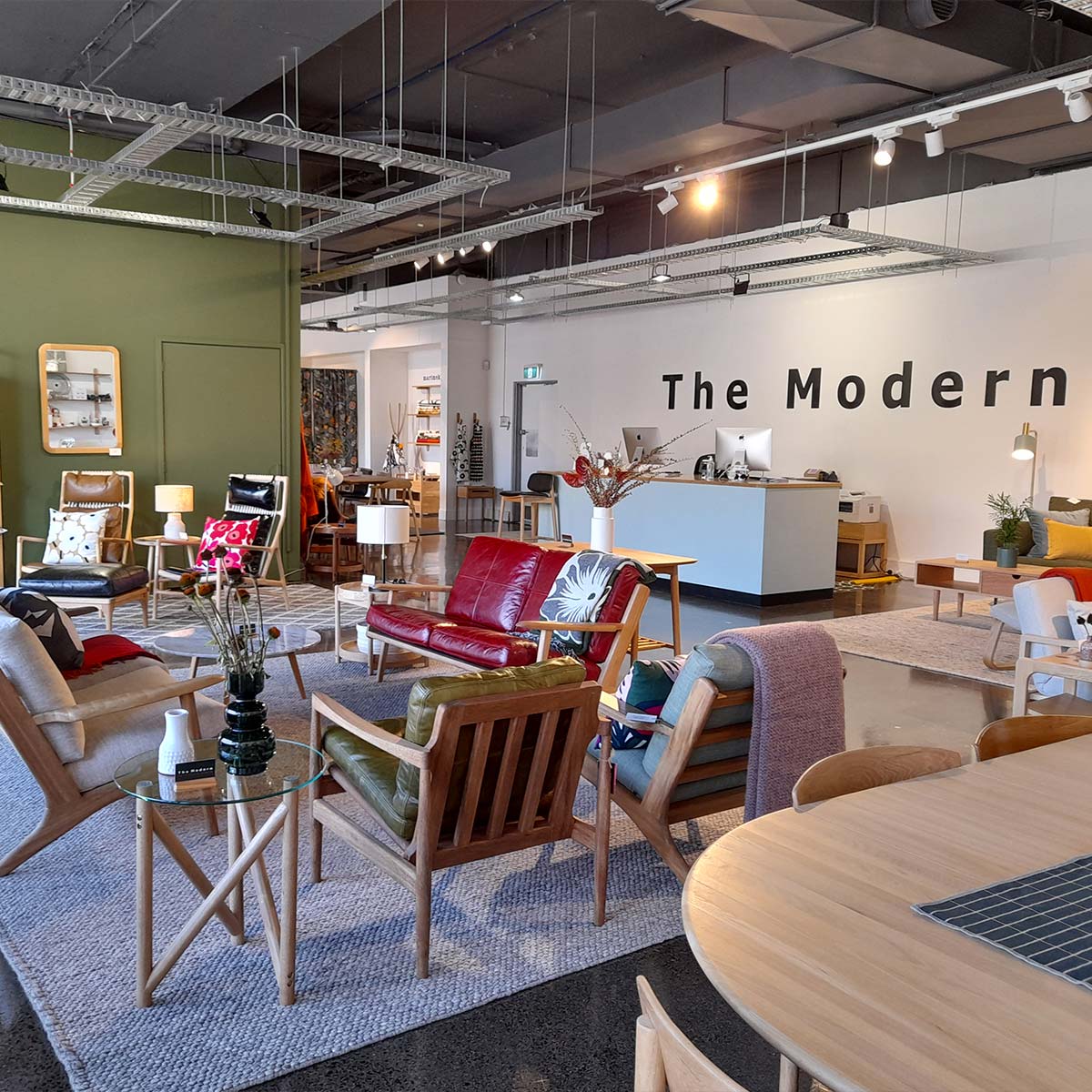
Timber cladding, a timeless choice for both residential and commercial buildings, offers an elegant aesthetic and natural warmth to any structure. However, ensuring a successful timber cladding installation requires attention to detail and avoiding common pitfalls. In this comprehensive guide, we’ll delve into the top five mistakes to steer clear of when considering timber cladding for your project.
Table of Contents
1. Neglecting Proper Moisture Management
One of the most critical aspects of timber cladding installation is moisture management. Moisture is the arch-nemesis of timber, capable of causing warping, rot, and mold growth. Failure to address moisture issues can lead to costly repairs and compromised structural integrity.
To avoid this mistake, it’s essential to implement effective moisture barriers during installation. This includes proper flashing, sealing joints, and selecting the right type of timber with inherent moisture resistance. Additionally, ensuring adequate ventilation behind the cladding can prevent moisture buildup and promote airflow, mitigating the risk of damage over time.
2. Choosing Inadequate Timber Species
Selecting the right timber species is paramount to the longevity and durability of your cladding. Each species has unique characteristics, including density, resistance to decay, and maintenance requirements. Opting for a species unsuitable for your climate or exposure can result in premature deterioration and the need for frequent maintenance.
Before choosing a timber species, consider factors such as local climate, sun exposure, and proximity to moisture sources. Hardwoods like cedar and redwood are popular choices due to their natural resistance to decay and insects, making them ideal for outdoor applications. Conversely, softer woods may require additional treatments or protective finishes to enhance longevity.
3. Improper Installation Techniques
Even the highest quality timber will fail if installed incorrectly. Improper installation techniques can compromise the structural integrity of the cladding system and diminish its aesthetic appeal. Common mistakes include inadequate fastening, improper spacing, and insufficient ventilation.
To ensure a successful installation, follow manufacturer guidelines and industry best practices. This includes proper fastener selection, adequate spacing to accommodate wood movement, and attention to detail during joint sealing. Investing in skilled professionals or educating yourself on proper installation techniques can save time and money in the long run.
4. Ignoring Maintenance Needs
Timber cladding, like any exterior building material, requires regular maintenance to preserve its beauty and integrity. Ignoring maintenance needs is a surefire way to accelerate deterioration and compromise performance. Common maintenance tasks include cleaning, sealing, and periodic inspections for signs of damage or wear.
Developing a maintenance schedule tailored to your specific cladding system can prolong its lifespan and prevent costly repairs. This may include annual inspections, seasonal cleaning, and proactive measures to address potential issues before they escalate. By staying proactive, you can enjoy the timeless elegance of timber cladding for years to come.
5. Lack of Proper Design Considerations
Effective timber cladding design goes beyond aesthetics; it encompasses functionality, performance, and longevity. Failing to consider these factors during the design phase can result in subpar outcomes and costly revisions down the line. Common design mistakes include inadequate ventilation, improper siding orientation, and overlooking expansion joints.
When designing a timber cladding system, consult with architects, engineers, and experienced contractors to ensure all aspects are thoroughly considered. This includes proper detailing for moisture management, incorporation of ventilation systems, and adherence to building codes and regulations. By integrating design considerations early in the process, you can avoid costly mistakes and achieve superior results.
Timber cladding offers timeless beauty and natural charm to any building project. By avoiding these five common mistakes—neglecting moisture management, choosing inadequate timber species, improper installation techniques, ignoring maintenance needs, and lacking proper design considerations—you can ensure a successful cladding installation that stands the test of time.






